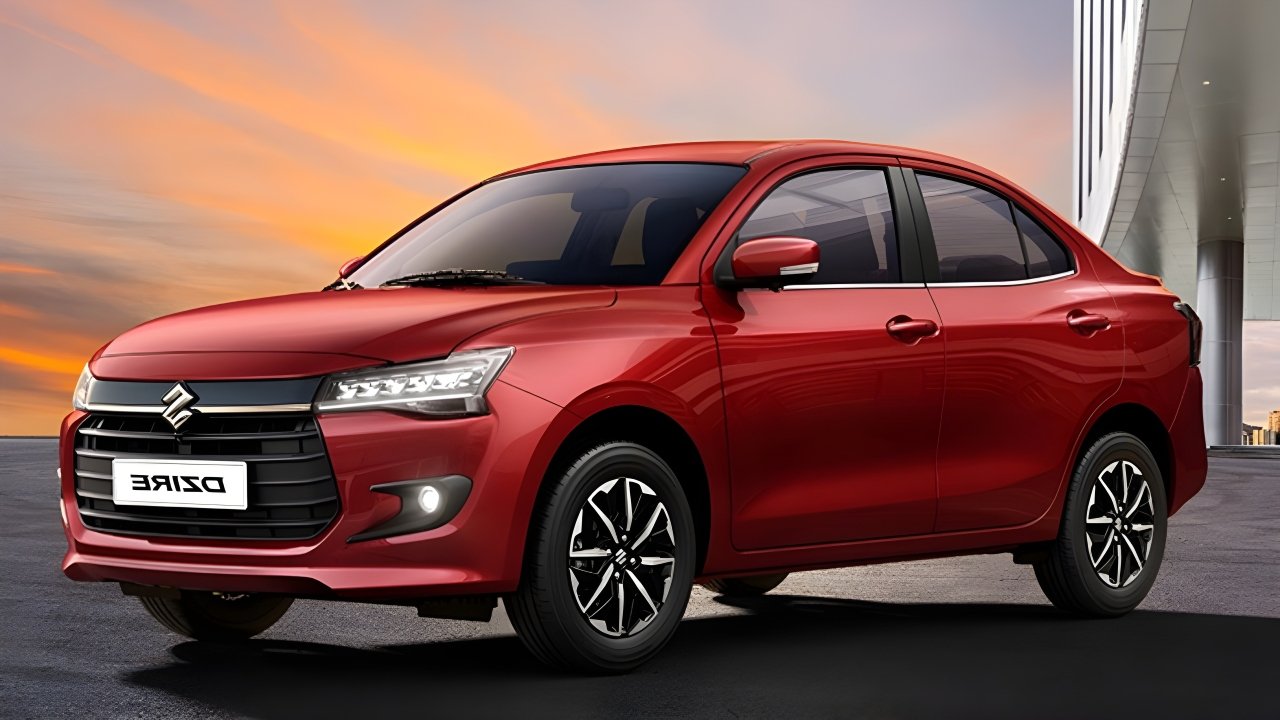Maruti Suzuki is preparing for a major safety overhaul. By the end of 2025, all cars from India’s largest automaker will feature six airbags as standard. The move—announced by Chairman R C Bhargava during a recent earnings call—reflects a clear alignment with the Indian government’s push for enhanced vehicle safety. “We will be having 6 airbags in virtually all our cars this year,” Bhargava said, confirming the brand’s commitment.

Safety First: A Strategic Shift for Maruti
While Maruti has long dominated the budget and mid-range car segments, it hasn’t always led the conversation around passenger safety. In fact, the company previously voiced concern about mandatory airbag requirements, particularly for entry-level models. Bhargava had flagged affordability as a limiting factor, noting that only about 12% of Indian households earn over ₹12 lakh annually—a threshold that aligns with cars priced ₹10 lakh and above.
But despite this cautionary stance, Maruti now appears to be pivoting towards safety as a priority, even if it means absorbing some risk on the pricing front.
What’s Changing, and What’s Already Changed?
Several Maruti models have already received the six-airbag update in 2024. These include:
- Alto K10
- Wagon R
- Eeco
- Celerio
- Brezza
Among these, the Alto K10 currently holds the title of the most affordable Indian car with six airbags—a significant milestone for mass-market safety.
However, there are six models still awaiting a full-range upgrade:
- Baleno
- Fronx
- Ignis
- Ertiga
- XL6
- S-Presso
The higher variants of Baleno and Fronx already feature side and curtain airbags, so they won’t see price hikes. But entry-level trims across these models will get costlier, mirroring earlier price bumps seen in cars like the Celerio, which jumped up to ₹32,500 post-upgrade.
Price Hikes vs. Safety: Can Maruti Maintain Its Volume Game?
This blanket upgrade won’t come cheap. While safety advocates may applaud the shift, the higher price tags may further squeeze India’s already price-sensitive lower and mid-tier car buyers. With small car sales dipping 9% last year, the risk of cannibalizing Maruti’s entry-level stronghold is real.
Yet, the company is playing the long game.
The Dzire’s recent 5-star Global NCAP rating is a positive signal, showing that Maruti can deliver both affordability and crash-test success. This also puts pressure on the brand’s lower-rated models—like the 1-star Ignis, S-Presso, and Wagon R—to improve safety standards and public perception.
The Road Ahead: A Balancing Act
Maruti’s mass rollout of six airbags is both a symbolic and strategic move. It indicates a broader shift toward premium perception and global safety standards, especially as Indian consumers become more discerning.
Still, the challenge remains balancing cost, safety, and scale. Making India’s most affordable cars safer is no small feat. And as Bhargava has previously pointed out, if prices push too high, the demand from India’s value-conscious buyers may not keep pace.
Final Thoughts
As the 2025 deadline approaches, all eyes will be on how Maruti’s full lineup evolves—both in terms of safety ratings and sticker prices. The move towards standardizing six airbags across the board is a bold step in the right direction, even if it complicates the brand’s traditional value-driven narrative.
Whether this translates to a safer road ahead for India—or a tougher road for Maruti’s market share—will soon become clear.
Automotive Enthusiast. A Long Roadtrip is All You Need!


